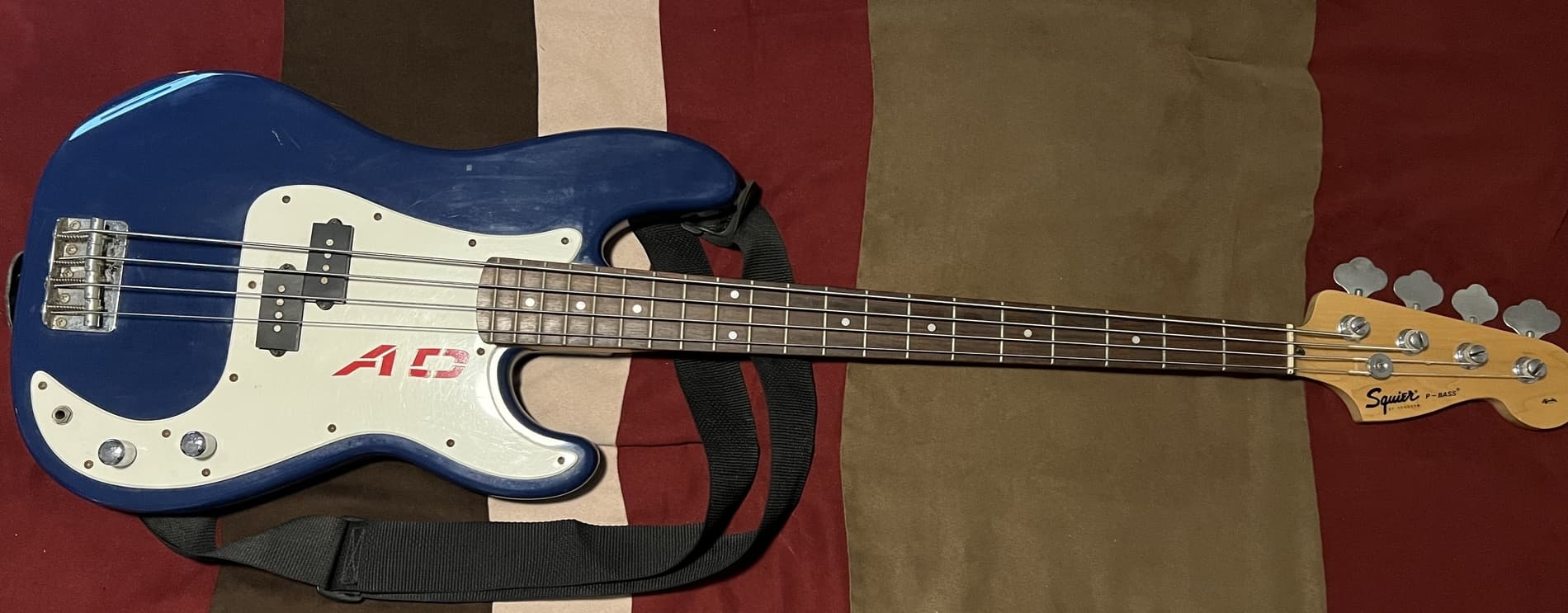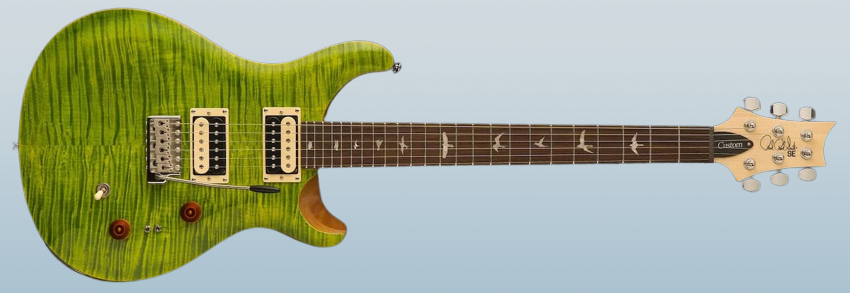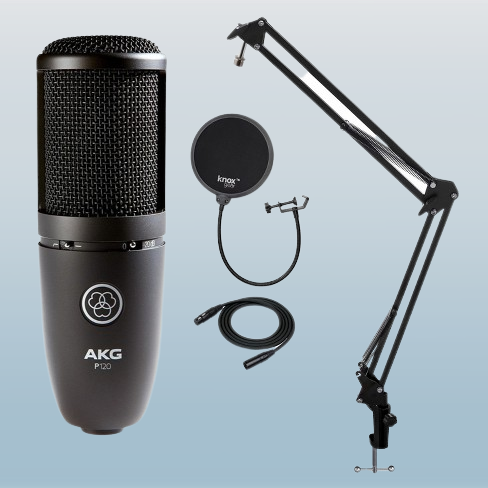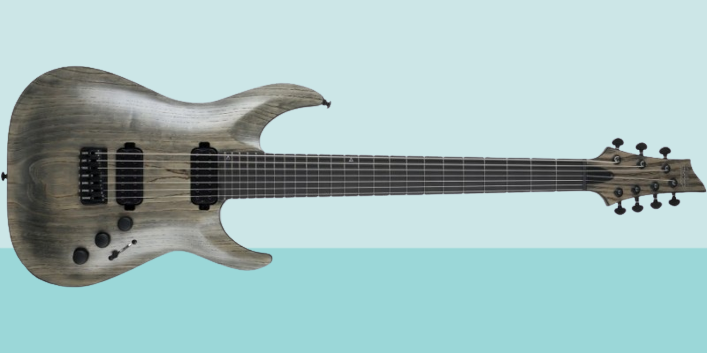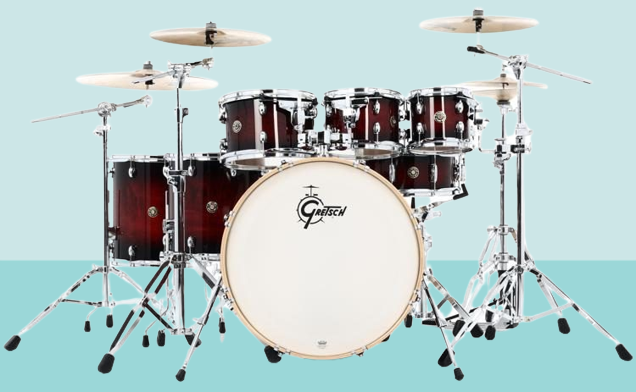Most bands’ bass guitars are underappreciated, which is a shame since it is an essential part of any group. As a response, we’re thrilled that you’ve shown an interest in learning to master the bass guitar.
However, every bass guitarist must overcome one obstacle before they begin playing the instrument – choosing the best bass guitar! Because it is the most important step of this process we have dedicated this entire article on how to buy a bass guitar.
There are a plethora of beginning bass guitars to pick from, but we’re here to help. There are several things to watch among the thousands of bass guitars available in music shops and internet marketplaces. In addition, we include a few samples of some of the finest available entry-level bass guitars.
Choosing a Guitar Based on Your Style
As with acoustic and electric guitars, bass guitars come in both acoustic and electric varieties. We suggest an electric bass for novices. Why? To begin with, if you’re just learning to play bass, an acoustic may be more challenging. There are many more options for playing an electric bass guitar than an acoustic one, often employed for a certain genre, such as folk music.
Another benefit of an electric bass guitar is the ability to use an amplifier. You may also opt for an acoustic bass if you’re expressly seeking an acoustic bass and desire that unplugged sound. While shopping for an electric bass guitar, don’t forget to include an amplifier in your budget.
Basics of Bass Guitar
There are several notable differences between bass guitars and their high-strung relative (other guitars):
- Guitars typically have six strings, whereas basses frequently have four. Although five- and six-string basses are now available, the four-string bass remains the most common.
- Electric bass guitars are the most common kind. Other guitars might be electric, acoustic, or a hybrid of the two. They’re all out there.
- In terms of musical distance, each bass string is the same distance apart in terms of musical distance. The bass guitar strings are tuned, so each one sounds exactly like the one above.
- Compared to the other guitar, the bass guitar has a lower pitch. Bass notes dominate sound waves at lower tones.
- Compared to a guitar, the bass has a longer neck. Shorter strings produce higher pitches, whereas longer strings produce lower pitches.
Tone Sound
The instrument has a significant role in determining the tone you produce, but your hands also play a significant role. Various woods may be used for bass guitars, including alder, ash, and mahogany. They have very distinct tones.
Classical Fender guitars from the 1950s used ash and alder, whereas Gibson used mahogany for their instruments. These various combinations will influence the bass’s tone.
Playability
Much of this is determined by the neck. Many different types of necks may be found. The most important terms to know:
- Radius:- The playability depends on the curvature of the fretboard, and the playing will be affected by the board’s shape. A more curved radius will be used to match the curvature of your fingers better when playing. In our experience, playing rapidly is easier with a bigger radius (a flat or less curved surface). It’s a matter of personal choice.
- Shape and profile:- The fingers and thumb will gravitate toward a certain neck form that is most convenient. Because everyone’s fingers and hands have various sizes, this is an extremely significant factor.
While a narrower neck may be preferable to someone who prefers to play quick strokes all over the neck, a thicker neck may be difficult for people with tiny wrists.
- Frets:- Frets aren’t something you want to experience as you slide your fingers up the neck. Bass guitar-playing may be more enjoyable when the frets are in prime condition.
A professional luthier can smooth out the frets if desired, but most prefer the bass that plays well right out of the box. It is a sign of high-quality work as it holds a common region for cheap basses to collapse.
Looks
We believe this is the primary concern of most newcomers. Choosing the right bass might be an obsession since they are all very appealing. Consider the possibility that it may not play as you want it to before you start playing it. As far as appearances go, basses may be found in various styles, from the more traditional to the more avant-garde.
Playing bass guitar is appealing because of its aesthetic appeal. There’s no escaping it, so ensure you appreciate your bass guitar’s aesthetic.
Number of Strings
It’s easy to presume that if you have to consult, we would suggest you should remain with a 4-string bass. As a result of their smaller necks and typical E-A-D-G tuning, 4-string basses are simpler to play and train on than 5- or 6-string basses. 5-string basses, on the other hand, are more common in certain musical genres.
The key of B-E-A-D-G tuning is well-suited to contemporary church and country music. Bassists who prefer 5- or even 6-string basses have greater creative freedom. For bassists who often execute bass solos, a 6-string bass calibrated B-E-A-D-G-C is ideal.
Fretted vs. Fretless

Fretted and fretless fretboard configurations are available when purchasing a bass guitar. Metal frets divide each half-step of the chord on a fretted neck, which is the typical guitar neck if you’re just beginning to play the instrument.
Unlike an upright bass or violin, a fretless bass has a slick wood neck rather than steel frets. If you’ve ever played on fretless bass, you know that the tone of each note you play depends only on where your fingers are placed.
Passive vs. Active Pickups

Bass guitar pick-ups come in two varieties. Passive pickups provide the warm, rich tone and dynamic range that has been in use until the inception of an electric bass. As a result, passive pickups provide less overall control over the sound of your bass guitar. However, passive pickups are great if you’re looking for something that sounds big and robust.
Compared with passive pickups, active pickups are a relatively recent invention. Others see them as sinful, even though many bassists in the present day think they’re the greatest thing since sliced cheese. Active pickups on a bass guitar generate a vibrant, percussive, and distinct sound.
A battery-powered preamp is incorporated into every active pickup, allowing for a far greater output volume than is possible with passive pickups. Don’t forget to change the battery once in a while.
Bolt-on vs. String Through Body

There is some argument about which design method is the most effective for bass guitars. As the name suggests, the bolt-on neck layout is the most popular and classic building approach wherein the neck is attached to the body. With this structure, it’s possible to repair the neck if it becomes damaged, which is a significant benefit.
The bass guitar’s neck wood extends the whole length of the body in a neck-through configuration. Generally, neck-through bodies have a longer life span and a more straightforward way of transmitting energy.
The wood used to construct these basses has been bonded to form a single unit. As an added benefit, the wood used in this construction is often of exceptional quality, enhancing the instrument’s overall sound.
What to Look For?
You must look for a few things before purchasing your new bass guitar. Here is the list you should check:
- Build Style: If you’re looking for something with a more natural and organic-sounding electric bass guitar, a semi-hollow body model may be the best option for you.
- Scale Length: Low strings sound better on basses with longer necks, while shorter scales are appropriate for 4-string basses and tiny hands.
- Intonations: Intonation influences whether or not the notes sound in tune as you go up the neck of the guitar. A bass that can’t stay in tune because of an incorrect fret-to-fret spacing (typically found above the 12th fret) is no good for recording or musical shows.
- Neck: The size of your hand plays a role in determining the sort of neck your guitar should feature. They may be spherical, oval, or flat back. “vee” and asymmetrical necks can also be seen (thinner on the bass or treble side).
- Frets: There are typically 21, 22, or 24 frets on a bass. It is a question of individual preference, while Most bass playing occurs in the lower positions.
- Fingerboards: There are several advantages to using round-wound strings, such as longer sustain and a whining tone that seems like there are no strings. A covered fingerboard helps achieve this sound. Natural tones are produced by fingerboards that are not coated.
- Pickups: Pickups have a greater impact on the sound quality of your bass than the wood you choose. You may get wildly varied effects from a pickup on various basses, and the condition of your strings also plays a role.




